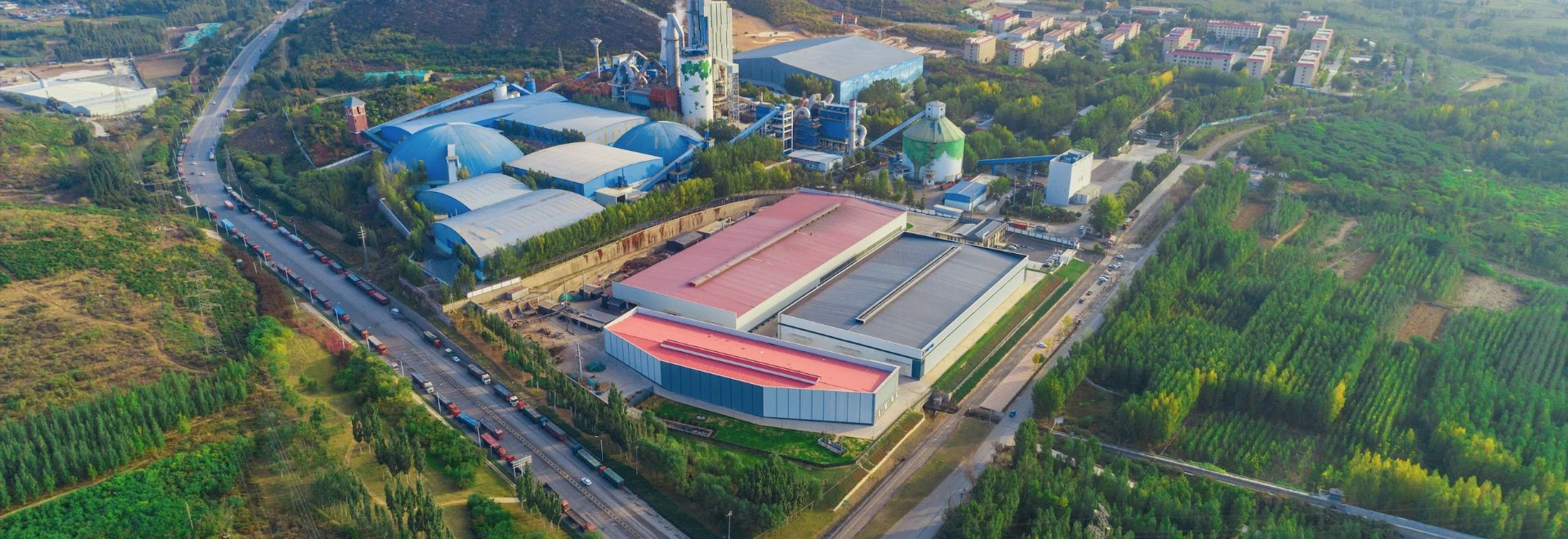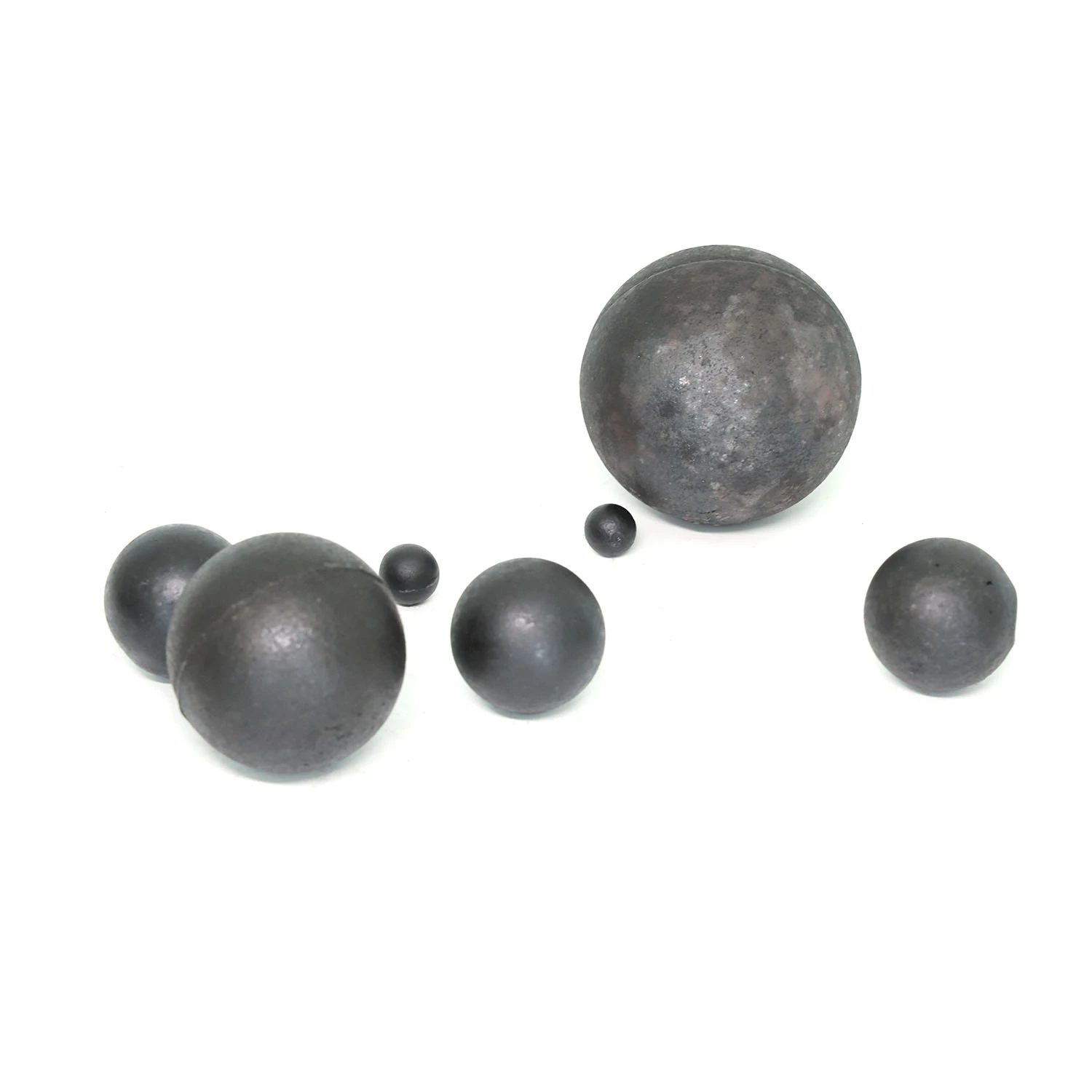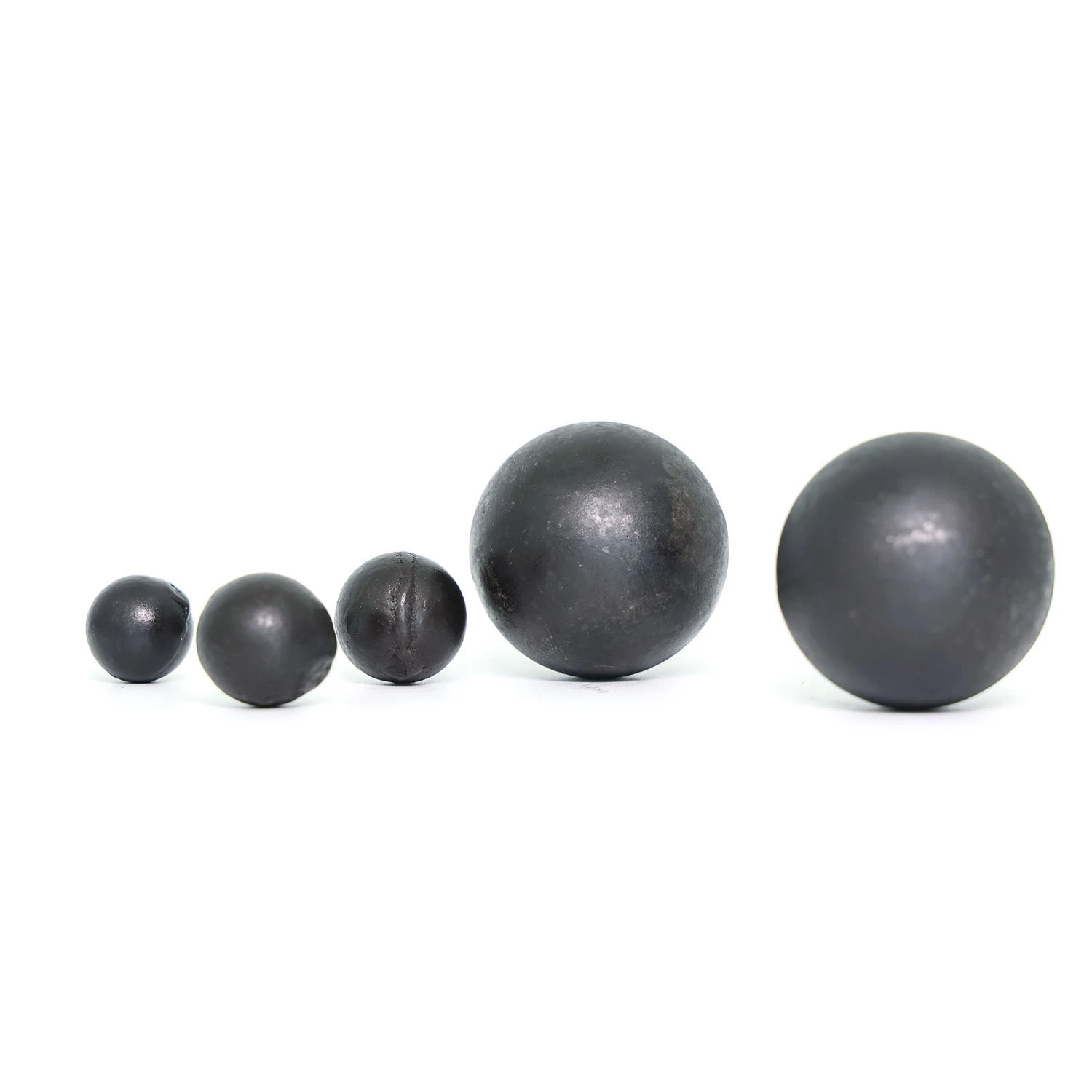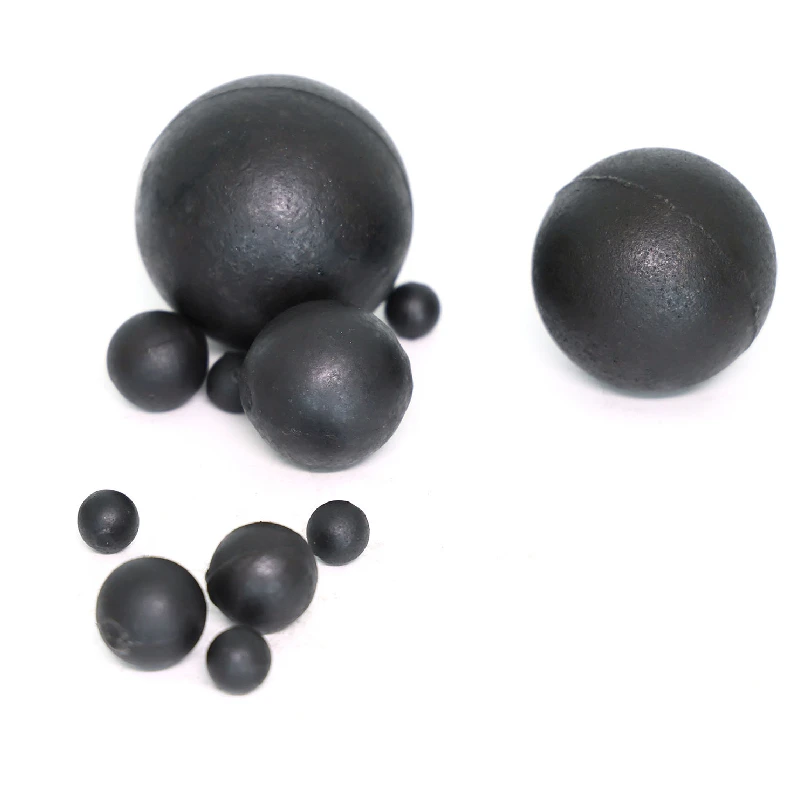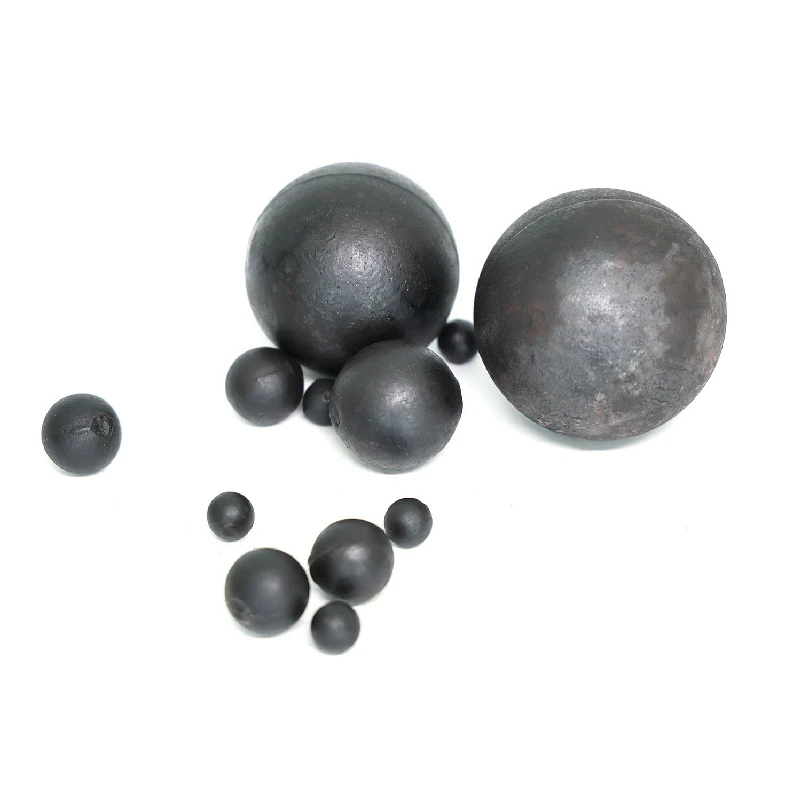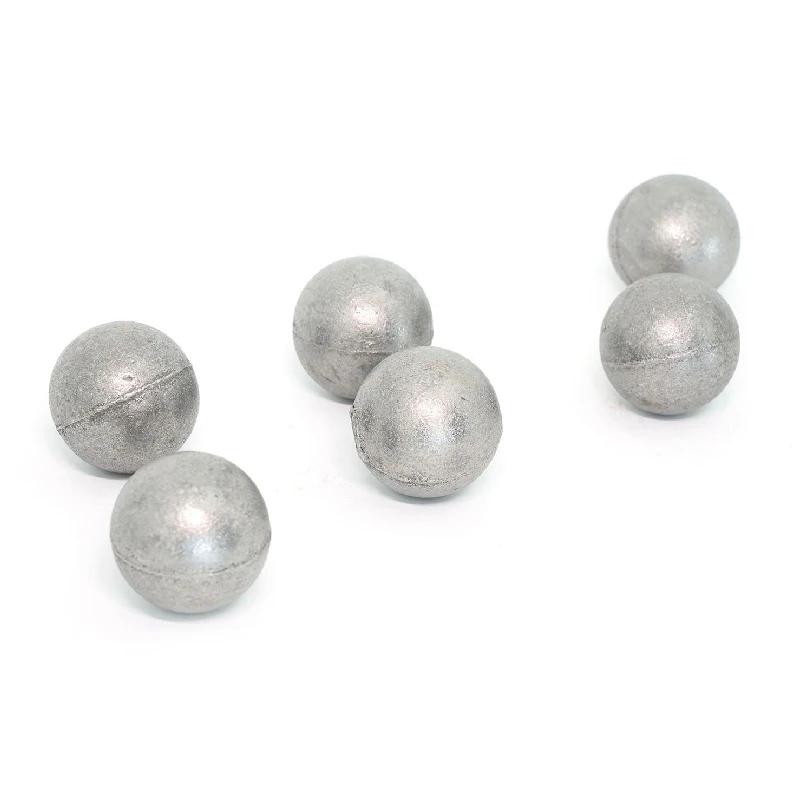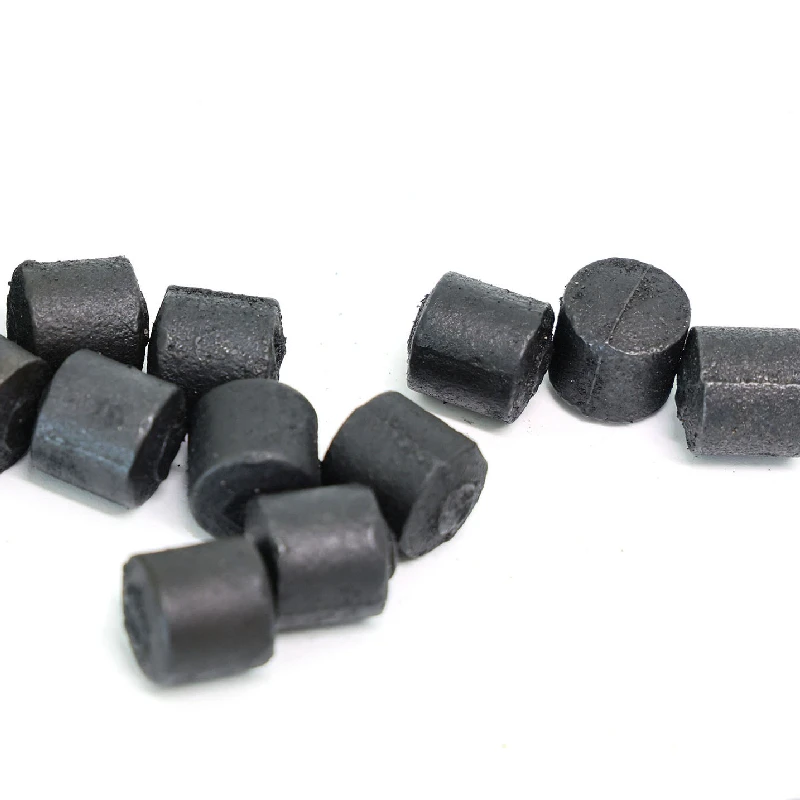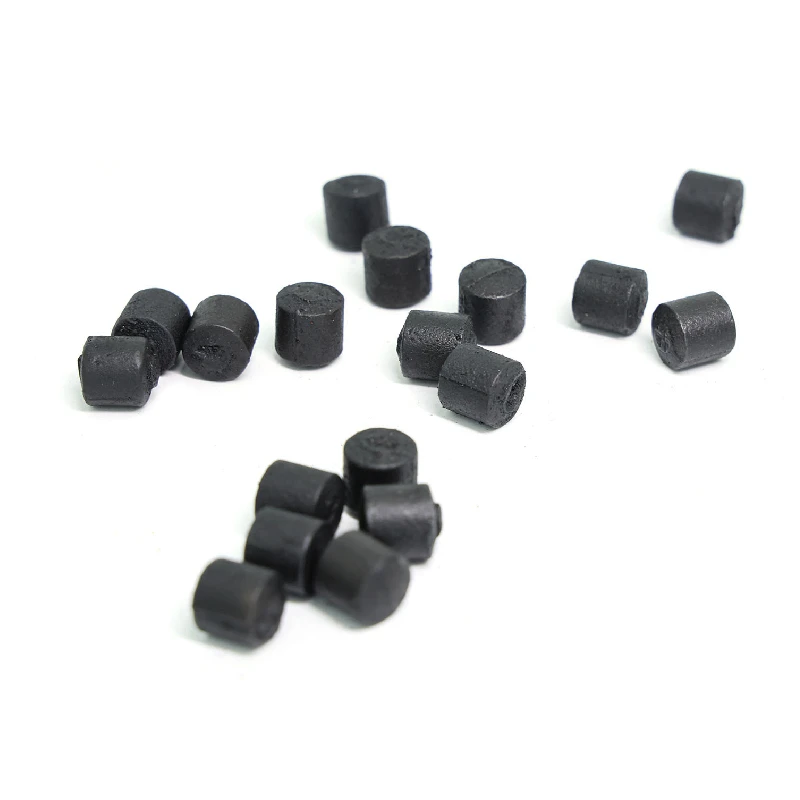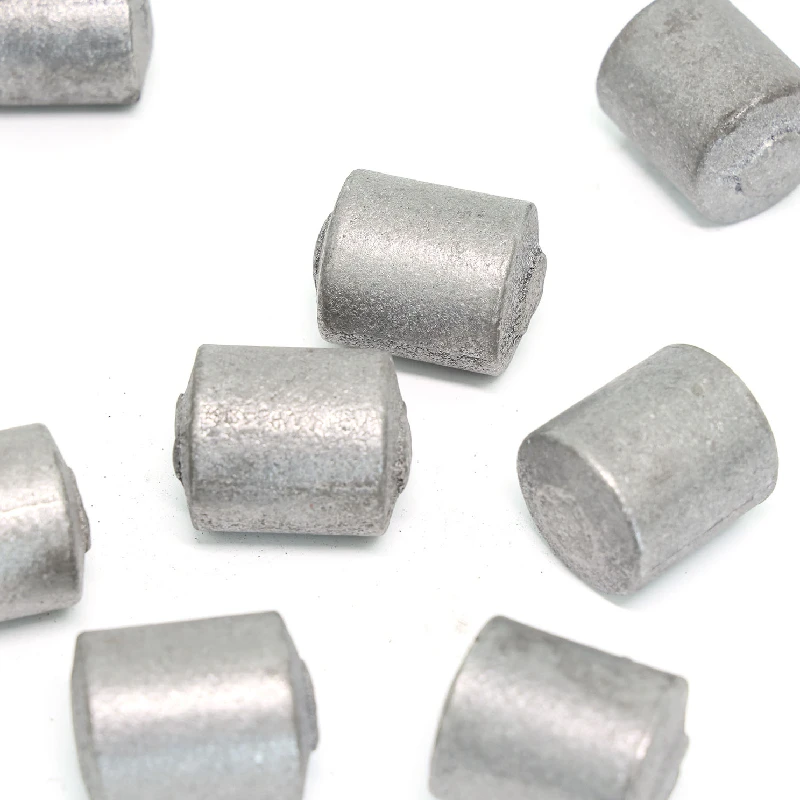- Afrikaans
- Albanian
- Amharic
- Arabic
- Armenian
- Azerbaijani
- Basque
- Belarusian
- Bengali
- Bosnian
- Bulgarian
- Catalan
- Cebuano
- China
- Corsican
- Croatian
- Czech
- Danish
- Dutch
- English
- Esperanto
- Estonian
- Finnish
- French
- Frisian
- Galician
- Georgian
- German
- Greek
- Gujarati
- Haitian Creole
- hausa
- hawaiian
- Hebrew
- Hindi
- Miao
- Hungarian
- Icelandic
- igbo
- Indonesian
- irish
- Italian
- Japanese
- Javanese
- Kannada
- kazakh
- Khmer
- Rwandese
- Korean
- Kurdish
- Kyrgyz
- Lao
- Latin
- Latvian
- Lithuanian
- Luxembourgish
- Macedonian
- Malgashi
- Malay
- Malayalam
- Maltese
- Maori
- Marathi
- Mongolian
- Myanmar
- Nepali
- Norwegian
- Norwegian
- Occitan
- Pashto
- Persian
- Polish
- Portuguese
- Punjabi
- Romanian
- Russian
- Samoan
- Scottish Gaelic
- Serbian
- Sesotho
- Shona
- Sindhi
- Sinhala
- Slovak
- Slovenian
- Somali
- Spanish
- Sundanese
- Swahili
- Swedish
- Tagalog
- Tajik
- Tamil
- Tatar
- Telugu
- Thai
- Turkish
- Turkmen
- Ukrainian
- Urdu
- Uighur
- Uzbek
- Vietnamese
- Welsh
- Bantu
- Yiddish
- Yoruba
- Zulu
ئىيۇل . 05, 2025 06:15 Back to list
High-Quality Schleifkörper for Efficient Grinding - Forged & Lead Options Available
- Introduction to Schleifkörper and Their Role in Modern Industry
- Key Features and Advantages of Forged Grinding Bodies
- Comparison: Forged vs. Cast and Lead-Based Schleifkörper
- Manufacturers Overview: Performance and Market Share
- Custom Solutions for Specialized Grinding Needs
- Application Cases: Real-world Performance Insights
- Schleifkörper: Transforming Grinding Technologies with Innovative Solutions

(schleifkörper)
Introduction to Schleifkörper and Their Role in Modern Industry
Grinding bodies, or schleifkörper
, are fundamental components in milling and grinding processes across diverse industries such as mining, cement, chemical production, and metallurgy. These high-performance spheres or cylinders, commonly made of steel, ceramics, or even lead, perform a crucial role in reducing the size of industrial materials through mechanical force. With global demand for efficient particle size reduction, recent studies estimate that over 8 million tons of grinding bodies are consumed annually worldwide. Innovation in this domain, such as the development of geschmiedete schleifkörper (forged grinding bodies), has dramatically improved outcomes in wear resistance, energy efficiency, and throughput. Moreover, special variants like schleifkörper aus blei (lead-based grinding bodies) retain relevance in niche chemical applications. This article provides a comprehensive dive into their technical features, manufacturering landscape, market data, and real-world implementation.
Key Features and Advantages of Forged Grinding Bodies
Forged grinding bodies have become the gold standard in high-load, high-wear environments due to their superior mechanical properties. Utilizing state-of-the-art forging technology, these geschmiedete schleifkörper display remarkable toughness, uniform hardness from surface to core, and reduced internal flaws compared to cast counterparts.
- Hardness: Forged bodies can achieve up to 65 HRC hardness, maintaining structural integrity even after extensive use.
- Impact Resistance: Fracture rates are significantly lower—less than 0.5% compared to up to 2% in cast types.
- Wear Rates: Field studies show wear rates as low as 35g/t, nearly halving the annual replacement frequency.
- Energy Efficiency: The uniform mass distribution translates to up to 10% reduced mill energy consumption.
- Corrosion Resistance: Alloying strategies prevent pit-formation, a known issue with lower-grade cast balls.
These technical advances not only extend machinery lifespan but also deliver significant operational savings—calculations reveal that plants switching to forged grinding media report annual cost reductions of 10-25% in media replacement and mill downtime.
Comparison: Forged vs. Cast and Lead-Based Schleifkörper
Choosing optimal grinding media depends on operational requirements, process chemistry, and cost targets. The table below illustrates critical parameter differences between forged, cast, and lead-based (schleifkörper aus blei) types:
| Property | Forged Grinding Bodies | Cast Grinding Bodies | Lead-Based Grinding Bodies |
|---|---|---|---|
| Material Composition | High-carbon alloy steel | Low/medium-carbon steel alloys | Pure or antimonial lead |
| Hardness (HRC) | 58–65 | 48–58 | 15–22 |
| Wear Rate (g/t) | 35–55 | 60–110 | Highly variable |
| Corrosion Resistance | High | Moderate | High (chemical context-dependent) |
| Impact Resistance | Very high | Medium | Low |
| Application Areas | Mining, cement, mineral processing | General milling, some ores | Specialized chemical processing |
| Environmental Profile | Safe, recyclable | Safe, recyclable (varies by alloy) | Hazardous, regulated disposal |
The analysis underscores that while forged grinding media dominate in heavy-duty industrial applications, cast options are economical for lower stress environments. Conversely, lead-based versions are now largely restricted to specialized chemical applications due to environmental legislation and health concerns.
Manufacturers Overview: Performance and Market Share
The global schleifkörper market exceeds USD 6.8 billion in annual turnover, with top players consolidating shares through technological improvements and efficient logistics. Below is a comparative snapshot of leading manufacturers:
| Manufacturer | Estimated Annual Output (kt) | Product Focus | Market Share (%) | Notable Strengths |
|---|---|---|---|---|
| Moly-Cop | 480 | Forged, cast | 18 | Premium hardness control, global logistics |
| Magotteaux | 320 | Forged, cast, ceramic | 12 | Material innovation, process integration |
| Jinan Jinchi | 210 | Forged | 7 | Custom sizes, cost-effective production |
| Shandong Iraeta | 140 | Forged | 5 | Low-wear specialty products |
| ME Elecmetal | 110 | Cast, forged | 4 | Regional support, alloy flexibility |
- Moly-Cop: Recognized for rapid innovation cycles and quality assurance, catering especially to North/South America.
- Magotteaux: Integrates advanced ceramic technology for ultra-fine grinding applications.
- Asian manufacturers like Jinan Jinchi are gaining competitive ground via scale and agile customization.
Market leaders continually invest in R&D, with combined annual R&D spend topping USD 90 million, to enhance performance limits and meet stringent operational demands.
Custom Solutions for Specialized Grinding Needs
Not all operations can rely solely on standard grinding bodies. Complex ore compositions, non-traditional mill geometries, or specific output requirements may mandate a tailor-made solution. Increasing adoption of computational simulation—such as Discrete Element Method (DEM) modeling—coupled with onsite pilot testing, enables precision-matching of schleifkörper characteristics to process flows.
- Size and Shape Optimization: Spherical, cylindrical, and irregular forms can be custom-engineered to maximize contact efficiency.
- Material Engineering: Alloy content is adjusted for balance between toughness and wear resistance.
- Surface Hardening: Induction treatments provide enhanced shell durability for especially abrasive feeds.
- Functional Coatings: In some specialized environments, proprietary coatings are deployed to minimize chemical reaction or fouling.
- Batch Traceability: Serializing and tracking batches supports process validation and regulatory compliance.
According to a survey by the International Mineral Processing Congress, over 41% of new plant projects in 2023 commissioned at least one round of custom grinding body runs before scaling up to full production.
Application Cases: Real-world Performance Insights
The application environment for grinding bodies is diverse. Illustrative case studies emphasize the tangible benefits and distinctions between varying schleifkörper types:
- Copper Concentrator, Chile: Switching from cast to forged grinding media resulted in a 28% reduction in mill downtime and improved copper recovery by 3.2%.
- Cement Plant, Germany: Utilization of custom-alloyed forged balls extended wear cycles by 41%, leading to an annual savings of USD 750,000.
- Chemical Milling Facility, USA: Use of lead-based grinding bodies enabled precise particle size control for specialty pigment dispersion, though required investment in advanced safety systems.
- Gold Mine, Australia: Integration of DEM-optimized forged spheres improved energy efficiency of SAG mills by 9% and raised throughput by nearly 12%.
- Bauxite Refinery, India: Cast grinding balls were selected for non-critical grinding sections, optimizing total project spend by 17% without compromising output.
These real-world applications reflect the strategic role of media selection in driving both productivity and financial metrics.
Schleifkörper: Transforming Grinding Technologies with Innovative Solutions
The evolution of schleifkörper encapsulates the broader ongoing transformation in process engineering and industrial efficiency. As industries demand higher throughput, lower operational risk, and stricter compliance with environmental regulations, the shift towards forged and custom-engineered grinding bodies accelerates. Quantitative performance improvements—such as wear reduction by half, 10–25% annual savings, and process yield enhancement of 3–15%—are no longer exceptional but expected benchmarks for leading operations. Continued advancements in material science, digital simulation, and real-time monitoring promise even greater future gains. For businesses aiming to maintain a competitive edge while optimizing resources, proactively investing in the right grinding body solution remains one of the highest-ROI moves available in today's industrial landscape.
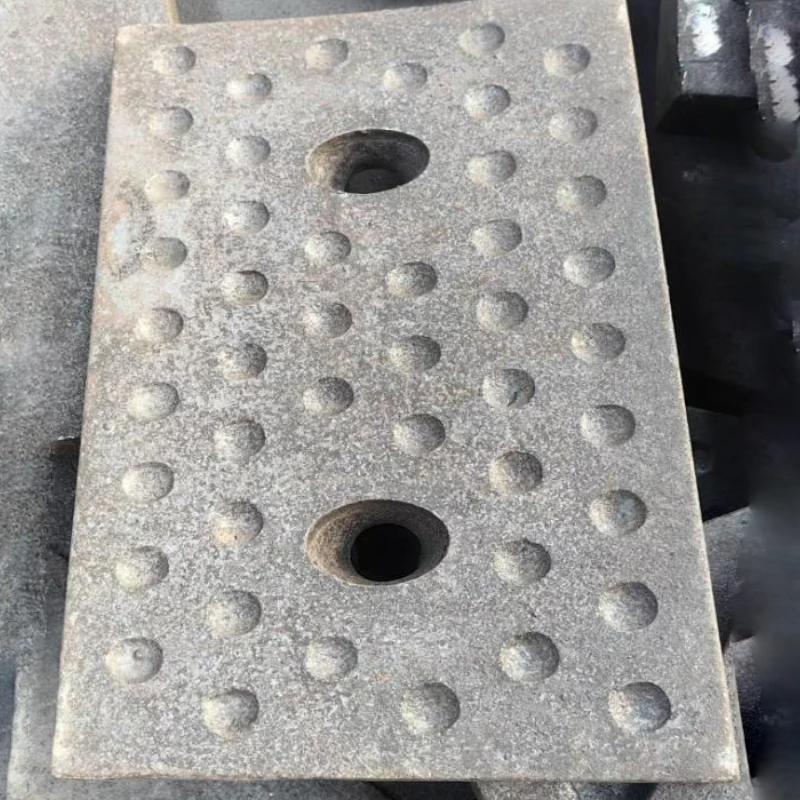
(schleifkörper)
FAQS on schleifkörper
Q: What are schleifkörper and their primary application?
A: Schleifkörper are grinding media used in various milling and grinding processes. They help in material size reduction and surface finishing. Common industries include metallurgy, mining, and ceramics.Q: What are geschmiedete schleifkörper?
A: Geschmiedete schleifkörper are forged grinding bodies made for enhanced durability. They are often preferred in high-impact industrial milling applications. Their forged structure ensures longer service life compared to cast types.Q: What are the advantages of using schleifkörper aus blei?
A: Schleifkörper aus blei means grinding bodies made of lead. They provide high density and stability for specialized grinding processes. However, they require careful handling due to lead's toxicity.Q: How do I select the right schleifkörper for my process?
A: Selection depends on material compatibility, required durability, and grinding application. Consider shape, size, and material (such as steel, ceramic, or lead). Expert consultation ensures optimal performance and cost-effectiveness.Q: Are there environmental concerns with using schleifkörper aus blei?
A: Yes, schleifkörper aus blei can pose environmental and health risks due to lead content. Safe handling and proper waste management are essential. Alternative materials may be recommended for eco-sensitive settings.-
Unveiling the Significance of High - Performance Materials in Wear - Resistant Applications
NewsJun.23,2025
-
Unraveling the Significance of Manganese - Based Materials in Industry
NewsJun.23,2025
-
Unraveling the Significance of Industrial Wear - Resistant Materials
NewsJun.23,2025
-
Optimizing Industrial Equipment Performance with Liner Plates
NewsJun.23,2025
-
Diverse Applications and Insights into Industrial Lining Solutions
NewsJun.23,2025
-
Diverse Alloys Shaping Industrial Applications
NewsJun.23,2025
Realted Products

